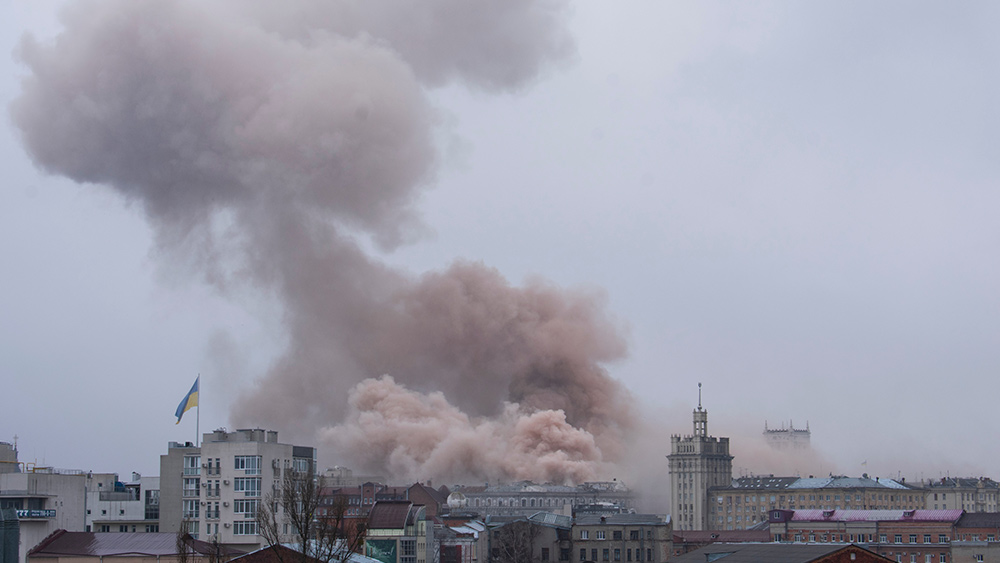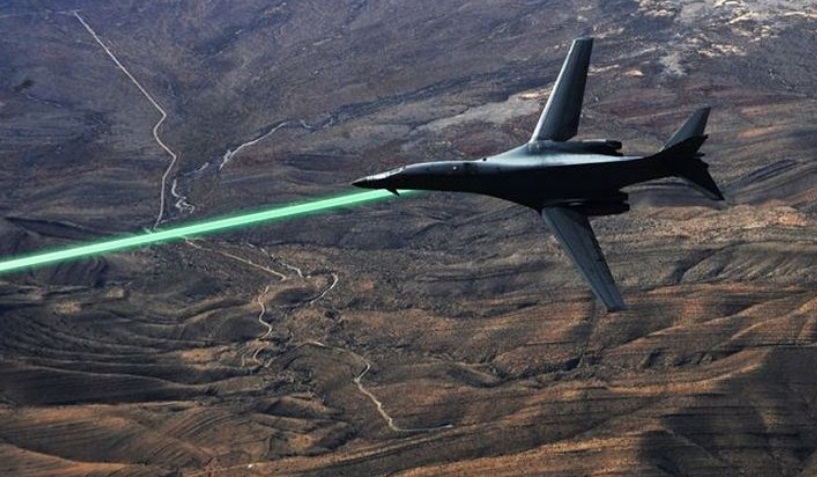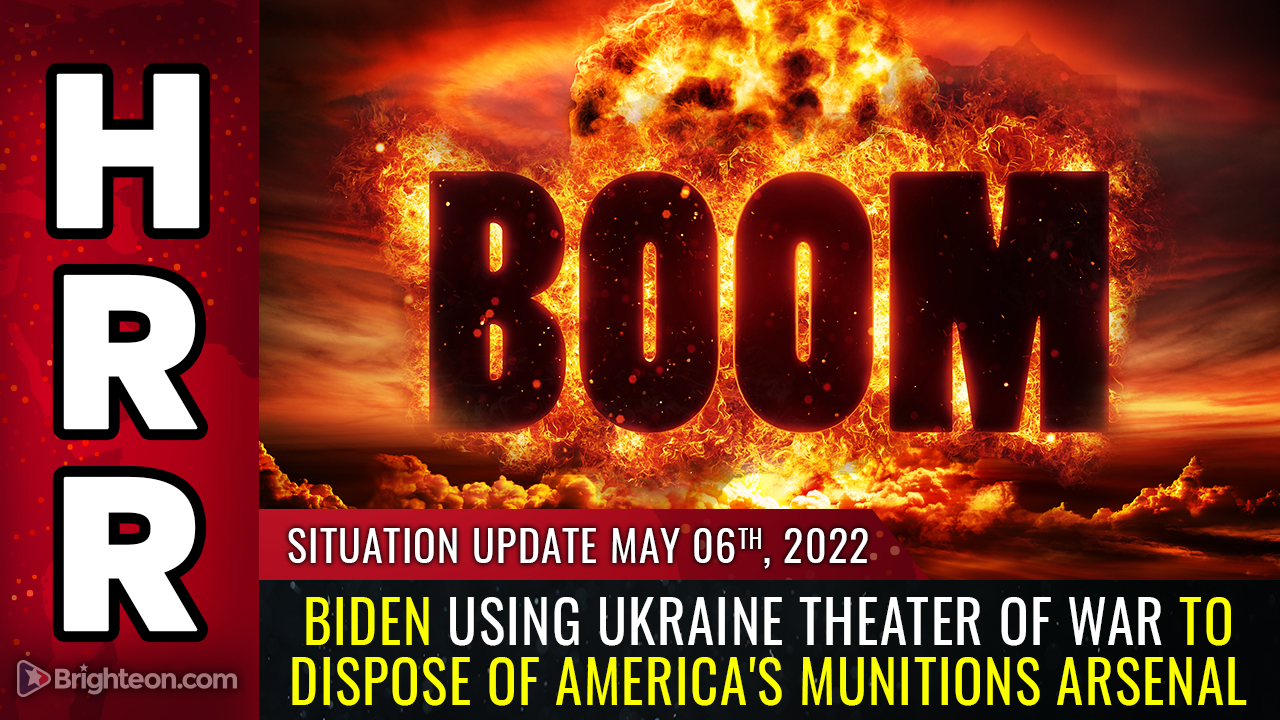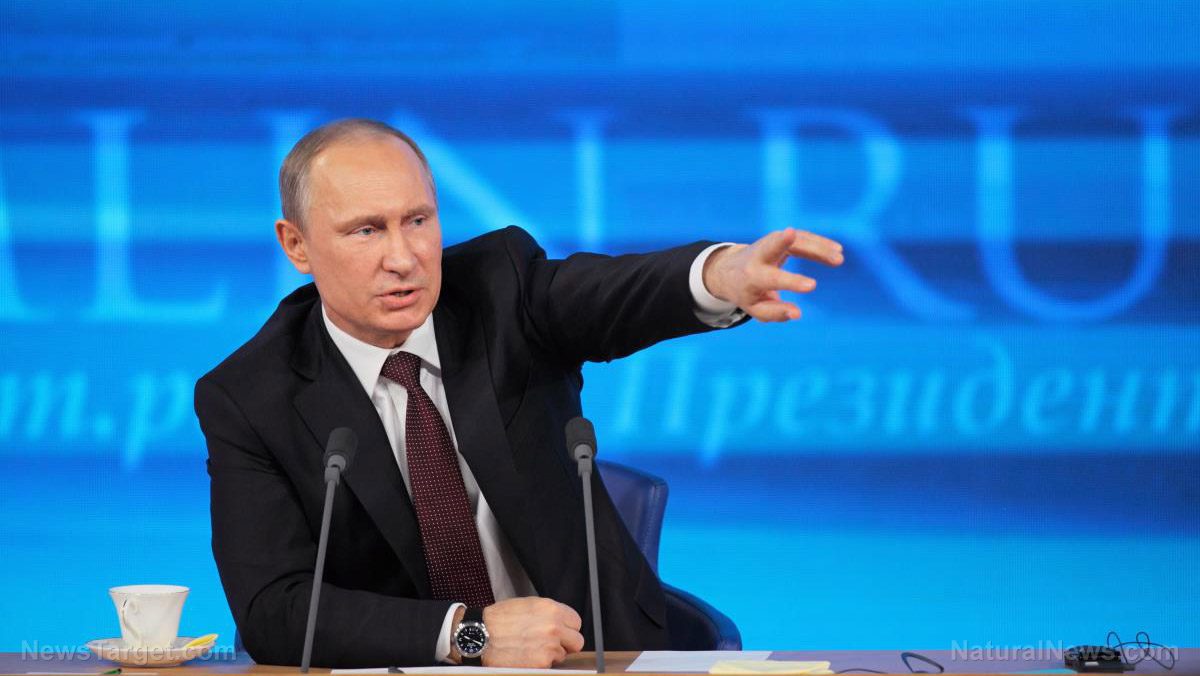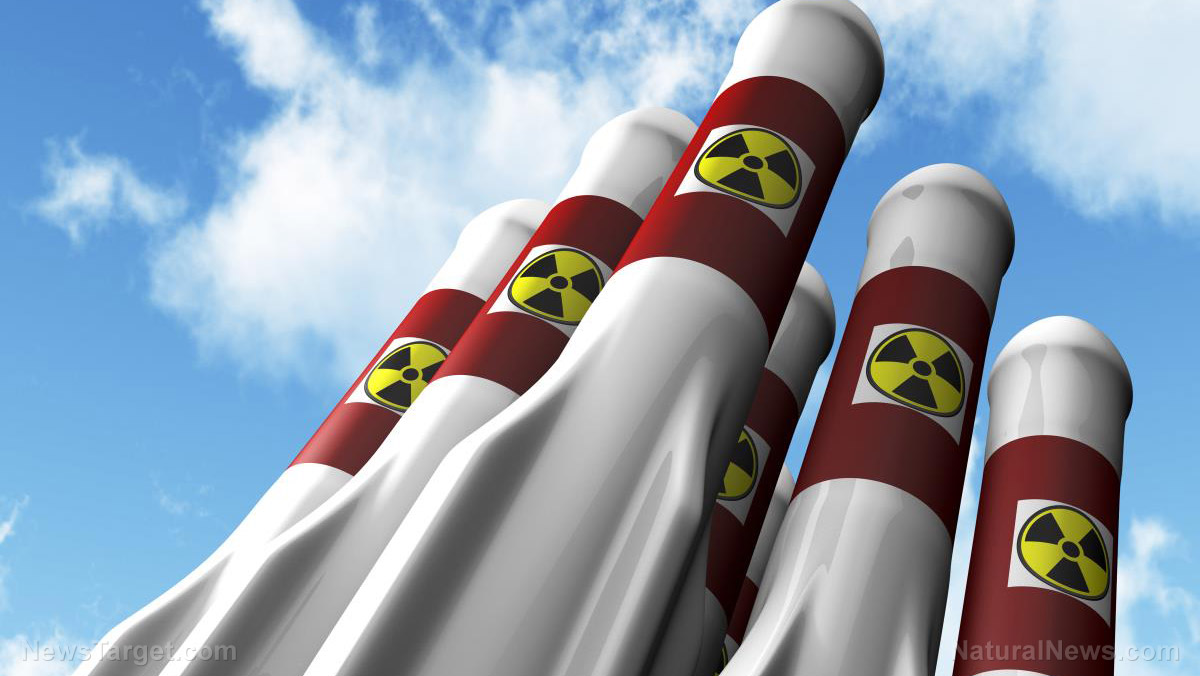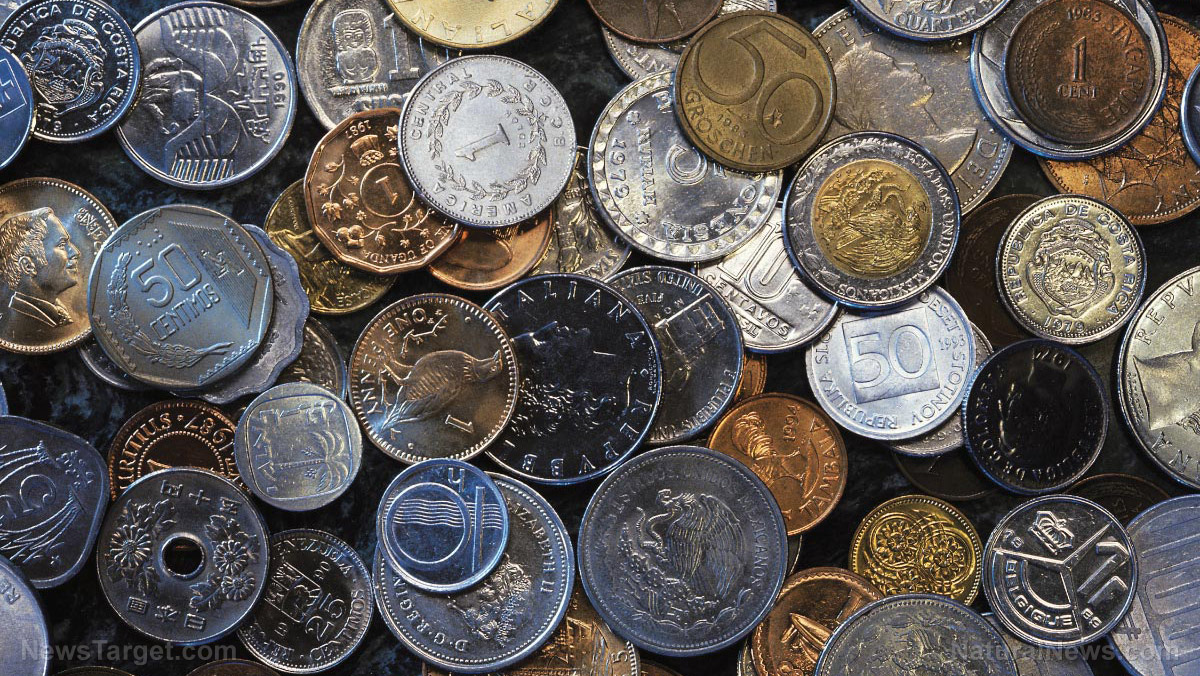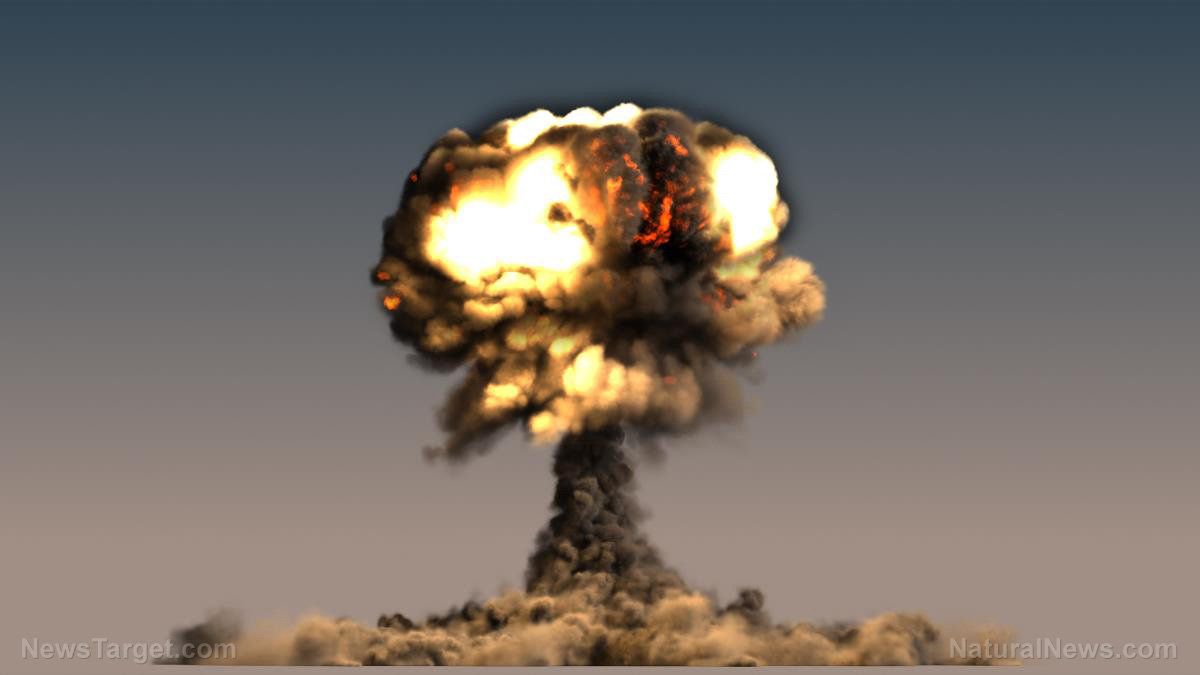US oil prices rise to a 7-year high as conflict between Russia and Ukraine continues
03/03/2022 / By Kevin Hughes

As Russia continued its assault on Ukraine’s capital Kiev, oil prices continued to rise Tuesday, March 1, with the U.S. crude reaching its highest level since June 2014.
West Texas Intermediate crude futures, the U.S. oil benchmark, surged 11.5 percent to $106.78 per barrel at its peak for the day. It dropped during the afternoon trading and ended the session at $103.41, for a gain of 8.03 percent.
International benchmark Brent crude reached a high of $107.57 per barrel, a cost last seen in July 2014. The contract finished the day at $104.97 per barrel, for a gain of 7.15 percent.
Prices previously topped the $100-mark on February 24, when Russia invaded Ukraine, hinting fears of supply disruptions from major exporter Russia. (Related: Ongoing Russia-Ukraine conflict pushing global economy closer to collapse.)
International Energy Agency releases 60 million barrels of oil from global reserves
The International Energy Agency (IEA) approved Tuesday the release of 60 million barrels of oil from global reserves in an attempt to relieve some of the present supply constraints.
“The situation in energy markets is very serious and demands our full attention. Global energy security is under threat, putting the world economy at risk during a fragile stage of the recovery,” IEA Executive Director Fatih Birol said in a statement.
According to the IEA, that total makes up four percent of its members’ emergency stockpile of 1.5 billion barrels. The concerted reduction is just the fourth such endeavor in the agency’s history. As a portion of the effort, the U.S. will deliver around 30 million barrels, the White House said in a statement.
Aside from the U.S., other members of the IEA are France, the United Kingdom, Japan and Canada.
Bob Yawger, Mizuho Securities USA director of the futures division, mentioned that 60 million barrels is too small to change the situation and it is insufficient to take in lost supply from Russia.
The number is comparable to about six days of Russian production and about 12 days of Russia’s exports. “Sixty million barrels isn’t that much. That’s the bottom line at the end of the day,” Yawger said.
CIBC Private Wealth senior energy trader Rebecca Babin is more diplomatic with her comment, saying that it could provide a “modest buffer in the short term.”
“It is not meaningless, it simply pales in comparison to a true supply disruption from Russia,” Babin noted.
Canada said Monday, February 28, that it was prohibiting Russian oil imports and so far it is the only country to aim straight at Russia’s energy compound. The financial sanctions slapped by the U.S. and Western allies could provide a room for energy fees to remain, but the ripple effects are already showing.
“Key European financiers to commodity trade houses have already begun curbing financing for commodities trades, and Chinese banks are also pulling back. Current oil price differentials are reflecting a clear unwillingness to take Russian crude,” JPMorgan told its clients in a note Tuesday.
The global oil market was already tense before Russia invaded Ukraine. Demand has rebounded, while supply has stayed restrained. OPEC and its oil-producing partners, including Russia, will meet this week to talk about their output for April.
Morgan Stanley, a global leader in financial services, increased its near-term oil price forecasts on Tuesday, stating the happenings in Ukraine have brought in a “risk premium in oil prices that is likely to remain in coming months.”
“Against a backdrop of market tightness, even small disruptions can have large price impacts,” Morgan Stanley said.
Morgan Stanley presently sees Brent averaging $110 in the second quarter, up from a previous forecast of $100. Under the firm’s bull case, prices will rise to $125 per barrel.
US imports crude oil, petroleum products from Russia
The effects of higher oil prices at the pump are already being felt by Americans, with the national average for a gallon of gas at $3.619 on Tuesday, up 24 cents from a month ago according to AAA data.
Last year, the U.S. imported about 245 million barrels of crude oil and petroleum products from Russia, which was a one-year increase of 24 percent over 2020.
According to data from the Department of Energy, nearly eight percent of U.S. imports of crude oil and petroleum products in 2021 came from Russia.
Biden announced last November a release of 50 million barrels of oil in cooperation with other energy-importing countries, but the measure had only a brief effect on oil prices that continued to rise.
CFRA Research oil analyst Stewart Glickman mentioned that the latest delivery from the SPR would only be partly useful since most of the reserves are light oil, while the U.S. mostly imports a heavier grade of oil from Russia.
More related stories:
Oil price jumps to over $80 per barrel due to energy supply shortages.
Oil prices rise to multi-year high; analysts expect price surge to continue until end of year.
Simultaneous shortages of coal, oil, propane and natural gas hint at impending US economic meltdown.
Inflation, food shortages and the ongoing energy crisis are all coinciding with escalating war.
Watch the video below to know why a global energy crisis is going to happen.
This video is from the What is happening channel on Brighteon.com.
Follow Bubble.news to know more about the rising oil prices in the international market.
Sources include:
Submit a correction >>
Tagged Under:
big government, bubble, chaos, Collapse, crude oil, energy crisis, IEA, imports, inflation, International Energy Agency, market crash, national security, oil supply, OPEC, petroleum products, price increase, risk, Russia, Ukraine, United Kingdom, US
This article may contain statements that reflect the opinion of the author
RECENT NEWS & ARTICLES
COPYRIGHT © 2017 WWIII NEWS





